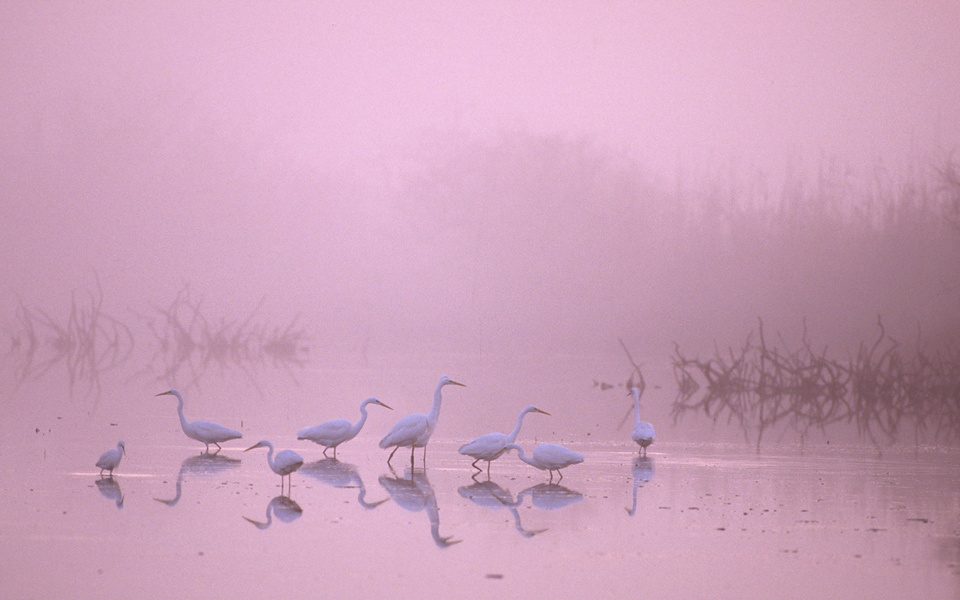Another cold February day has arrived at Gialova lagoon and a gentle, lazy mist sits to cover all. Close up, a flock of all-white birds with yellow beaks and elegant postures has come out for breakfast. These are Great White Egrets (Egretta Alba), a heron-type species, that spend their entire winter here along with other migratory birds. As the sun’s first rays of the day begin to play with the fog, the lagoon’s colors gradually change from grey to blue, then to light blue, followed by pink, before settling for a hot orange color once the sun has begun to rise.
Concealed by what is known in the field of photography as a hide, a small camouflaged tent, wildlife photographer Andrea Bonetti has taken position from the night before, waiting patiently and silently for the morning visitors to emerge. During the brief one or two minutes of the changing setting’s pink phase, he managed to immortalize a uniquely balanced and seemingly painted frame of egrets reflected in the water. This composition ended up earning Bonetti the Photographer of the Year first prize in 1999 at BG Wildlife, the most significant wild life photography competition, in the From Dusk to Dawn category.
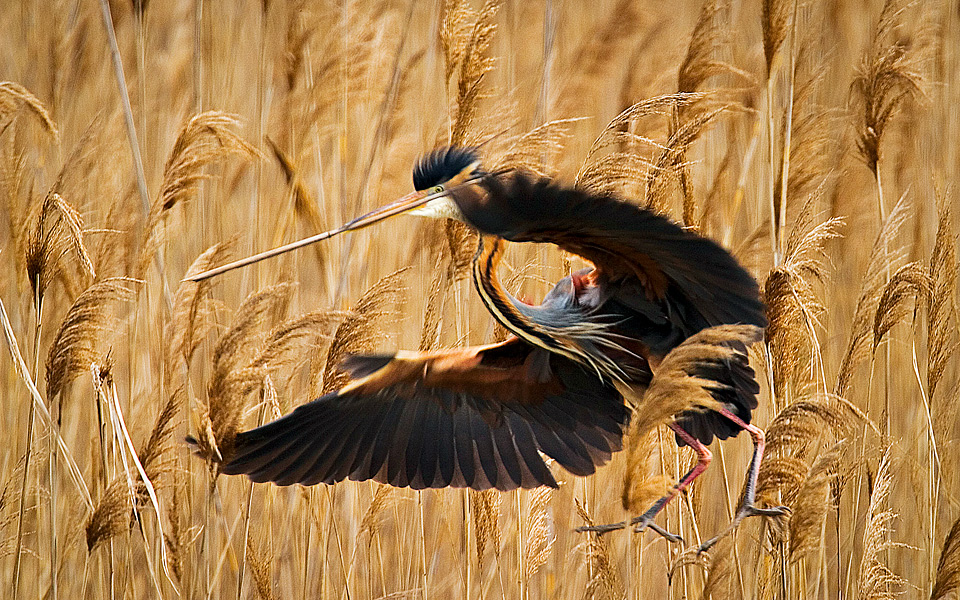
© Andrea Bonetti
Of Swiss descent and, probably, Greek soul, Bonetti has lived in Greece for decades. It would not be an exaggeration to describe him as the official photographer and benefactor of the Gialova lagoon in the Messinia area, southwest Peloponnese. Though this wetland is not particularly large, it probably ranks as the most significant in Greece and the wider Balkan region as it is Europe’s southernmost, Bonetti explained. “It’s important that a wetland exists so far to the south, as it helps birds travelling from Africa to northern Europe, and vice versa, get some rest and food before and after their long journeys over the Sahara and Mediterranean,” Bonetti remarked. Some traveling birds spend just a few hours at the wetland before continuing, others stay for days, while, for some, the Gialova lagoon is their final destination. Herons, glossy ibis birds, ducks, flamingos and waders find refuge here and create an impressive mosaic.
Bonetti first became acquainted with the Gialova wetland during his teens, in the 80s, when his parents left Switzerland and bought a house in the area. Even as a student in Pavia, Italy, Bonetti returned once a year to observe and photograph the birds. In 1995, immediately after gaining his degree, in biology, Bonetti opted to return to the lagoon to conduct extensive research, as, at the time, little was known about the region’s feathered inhabitants. Collaborating with the Hellenic Ornithological Society, he began studying and photographing the region’s birds and concurrently developed a wetland management plan as the wetland was threatened by illegal hunting activity as well as an increased salinity level. Backed by this plan, the society received EU environmental funding in 1997 – within the framework of the EU Life-Nature program (1997-2000) – to highlight and protect the Gialova ecosystem and also offer long-term management. As scientific coordinator of the program, Bonetti extended his stay in Greece. Beyond this, the lagoon, which was restored, the region, and country as a whole, ultimately kept him in Greece.
“Though Gialova’s wetland is not particularly large, it probably ranks as the most significant in Greece and the wider Balkan region as it is Europe’s southernmost.”
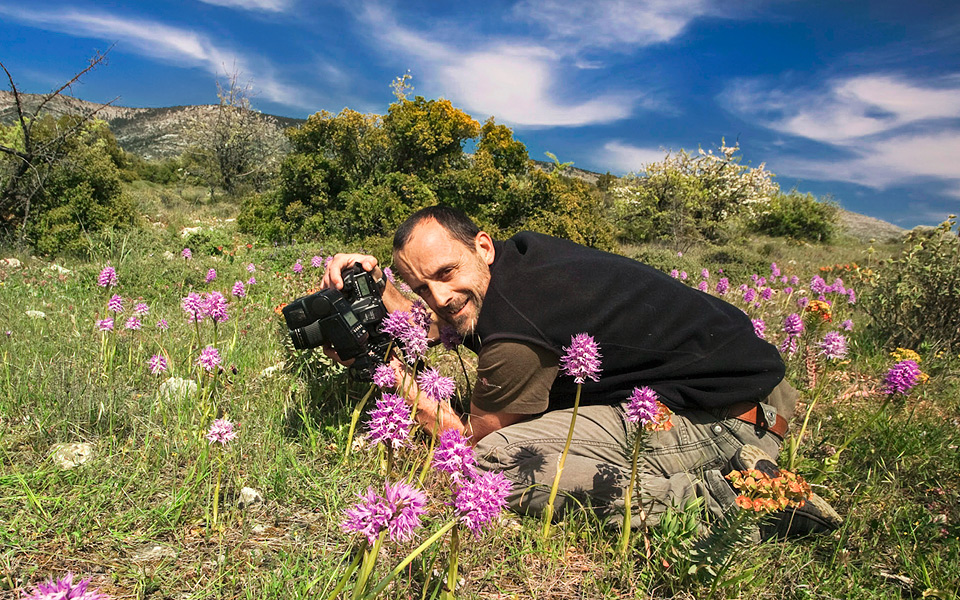
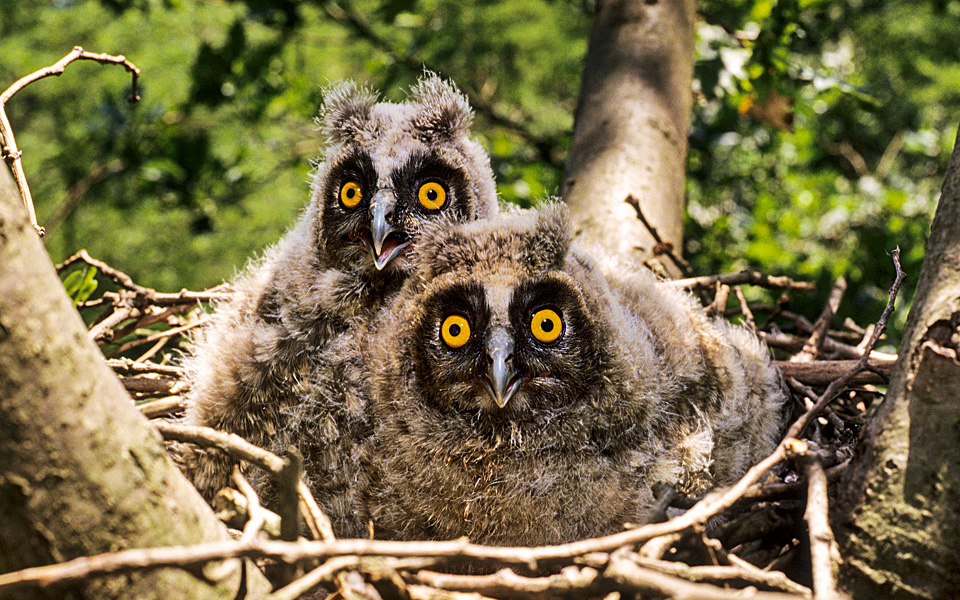
© Andrea Bonetti
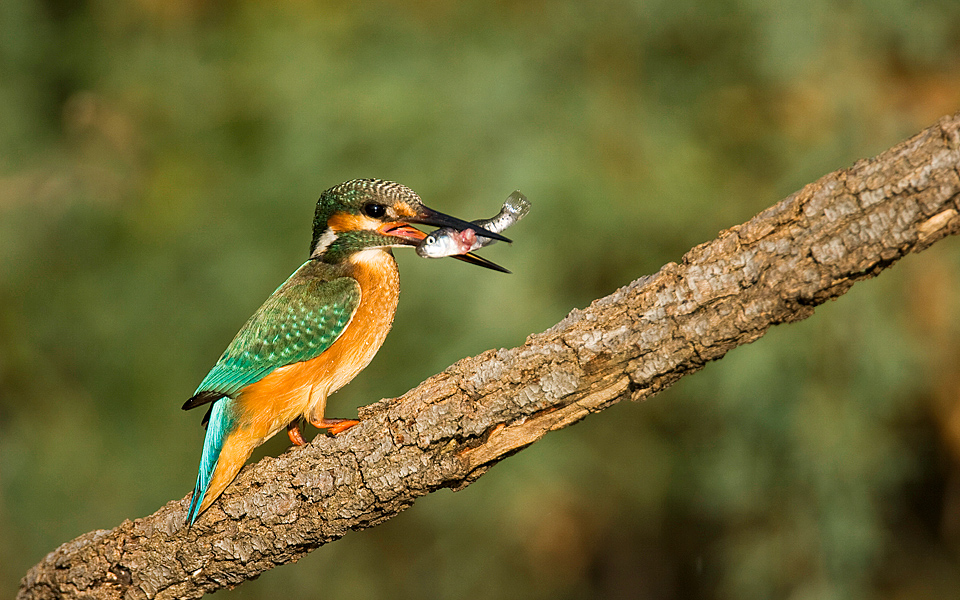
© Andrea Bonetti
“If it weren’t for the lagoon I may not have ended up living here. I was won over by the nature and activities at the ornithological society. I noticed that things were being done and wanted to contribute to the effort,” said Bonetti. “At the same time, I also noticed that people seemed impressed by the photographs I was taking. They couldn’t believe that the landscapes and birds I was photographing were to be found in Greece.”
“It was at this point that I realized photography was a better way to convey the message concerning the need for environmental protection than mere research. I also liked photography as it allowed me to constantly travel and not become stagnant – so I turned it into my profession. Nowadays, as a result of the digital means available, anybody can venture out and take wildlife shots, but, back then, there were just four of us involved in this field,” he continued.
Bonetti’s background in biology, as well as his research conducted on bird species, definitely helped his work as a photographer. His thorough observation, patience, even certain techniques applied to photography, were learnt or further developed in scientific research. At university, for example, Bonetti had conceived of an infrared ray system to help him photograph long-eared owls as they descended onto their nests, the purpose of this initiative being to find out what the owl species fed its young. “As soon as the owl intercepted the ray, three flashes, not just one, were activated,” Bonetti explained.
“I realized photography was a better way to convey the message concerning the need for environmental protection than mere research.”
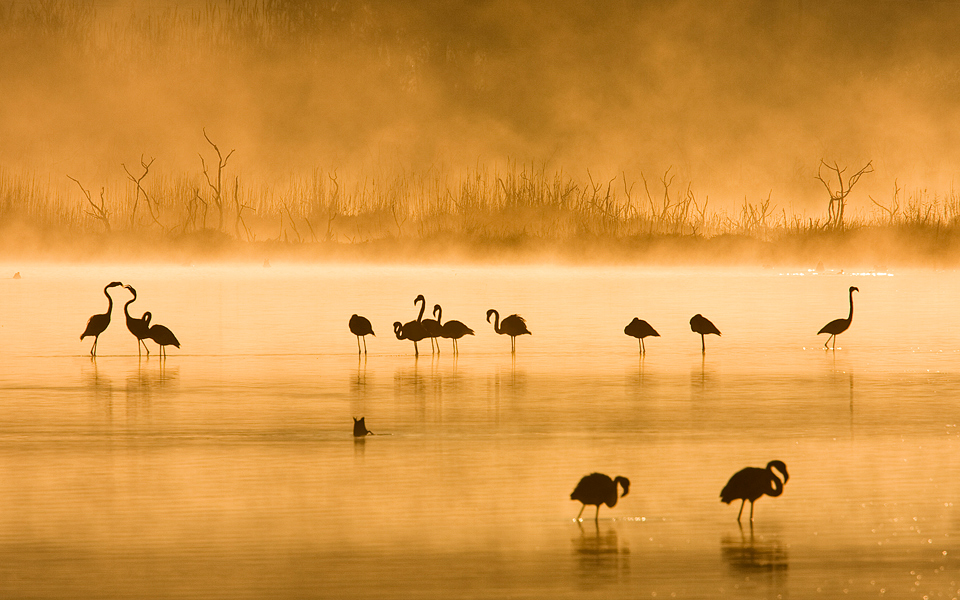
© Andrea Bonetti
Elaborating further, Bonetti noted: “What I once photographed for the sake of nature, I have since photographed as a means of highlighting the beauty of nature and to document what was slowly being lost as a result of human activity. Wildlife photography, too, is a type of photojournalism. Of course, I don’t like dry depiction. I want my photographs to be a balanced and harmonious composition of light, color, shape and action, while, at the same time, being impressive and revealing. Some photographs, like the landing of the owl with a mouse in its mouth, are the result of research. Then again, others are the result of appropriate conditions.”
Just like the very rare African chameleon of Pylos, another creature beyond the bird species photographed by Bonetti, he wants to keep “changing colors and transforming.” As of 2015, Bonetti widened his realm to be appointed Greek Prime Minister Alexis Tsipras’s personal photographer. He accompanies Tsipras on all official trips abroad. “I had never done this type of photojournalism before, but, as is the case with bird photography, I knew that I would need to always be vigilant and ready to find solutions to any obstacles,” Bonetti remarked. “In the case of Mr. Tsipras, the body guards, both his own and those of other officials he meets with, usually represent the obstacles, which I need to work around to capture the best possible picture. If I manage to overcome them, then my next objective is always to find the right frame that will highlight Mr.Tsipras’s presence and a sense of naturalness – as much as conditions allow.”
Photographs of the Gialova lagoon creatures can be found in Bonetti’s bilingual photo book “A Day at the Lagoon” (Synolo Publications, 1999), featuring his award-winning pink composition of Great White Egrets on its cover.
“I want my photographs to be a balanced and harmonious composition of light, color, shape and action, while, at the same time, being impressive and revealing.”

